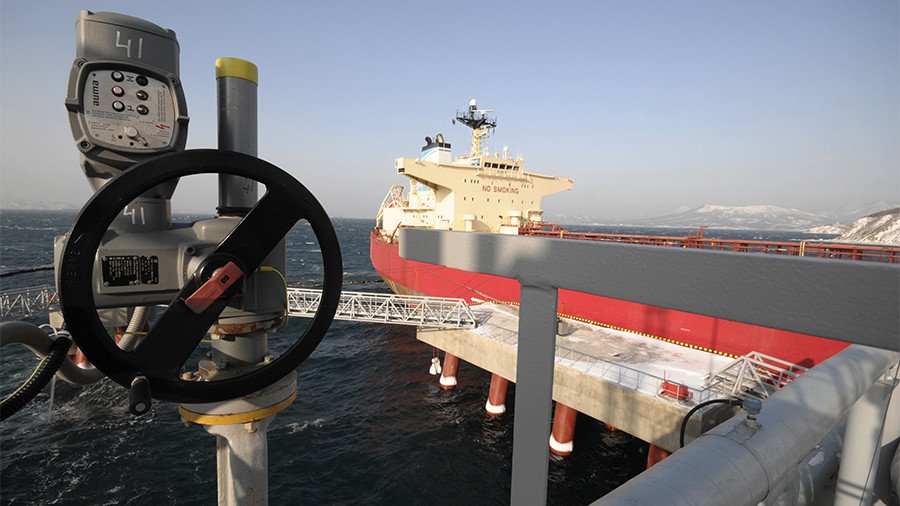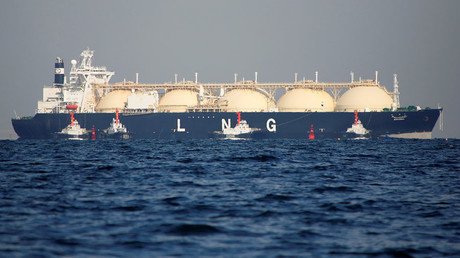Petro-yuan helps Russia & China dump US dollar in oil trade

China is the world's biggest crude consumer and buys most of its oil from Russia. However, most settlements are still in US dollars. The launch of the petro-yuan now allows Moscow and Beijing to use national currencies instead.
China and Russia are actively reducing dependence on the dollar in bilateral trade. In October 2017, Beijing launched a payment system for transactions in yuan and Russian rubles. This means that settlements for Russian oil deliveries to China, which have reached 60 million tons per year, can be done without using the dollar.
After Monday's launch of the yuan-backed oil futures in Shanghai, there have been negotiation between Russia and China on mutual promotion of oil futures in national currencies, RIA Novosti reported. In 2016, the St. Petersburg exchange in Russia launched Urals oil futures in the Russian ruble, and support from China could prop up Russian crude futures.
China's new oil benchmark had a hugely successful debut. On the first day of trading in Shanghai, 62,500 contracts with more than 62 million barrels of crude traded for a notional value of nearly 27 billion yuan ($4 billion), Zerohedge reported. Glencore, Trafigura, Freepoint Commodities and other huge oil-trading corporations took part.
Russia held its position as China's largest crude oil supplier in February. Russia supplied 5.052 million tons, or 1.32 million barrels per day (bpd) last month, up 17.8 percent from a year earlier, according to Reuters, quoting the Chinese General Administration of Customs.
The increase in volume happened as a result of a second Sino-Russian oil pipeline, which began operations on January 1. It doubled China’s capacity to pump oil from the East Siberia-Pacific Ocean (ESPO) system. ESPO connects Russia and China with a direct pipeline.
For more stories on economy & finance visit RT's business section















